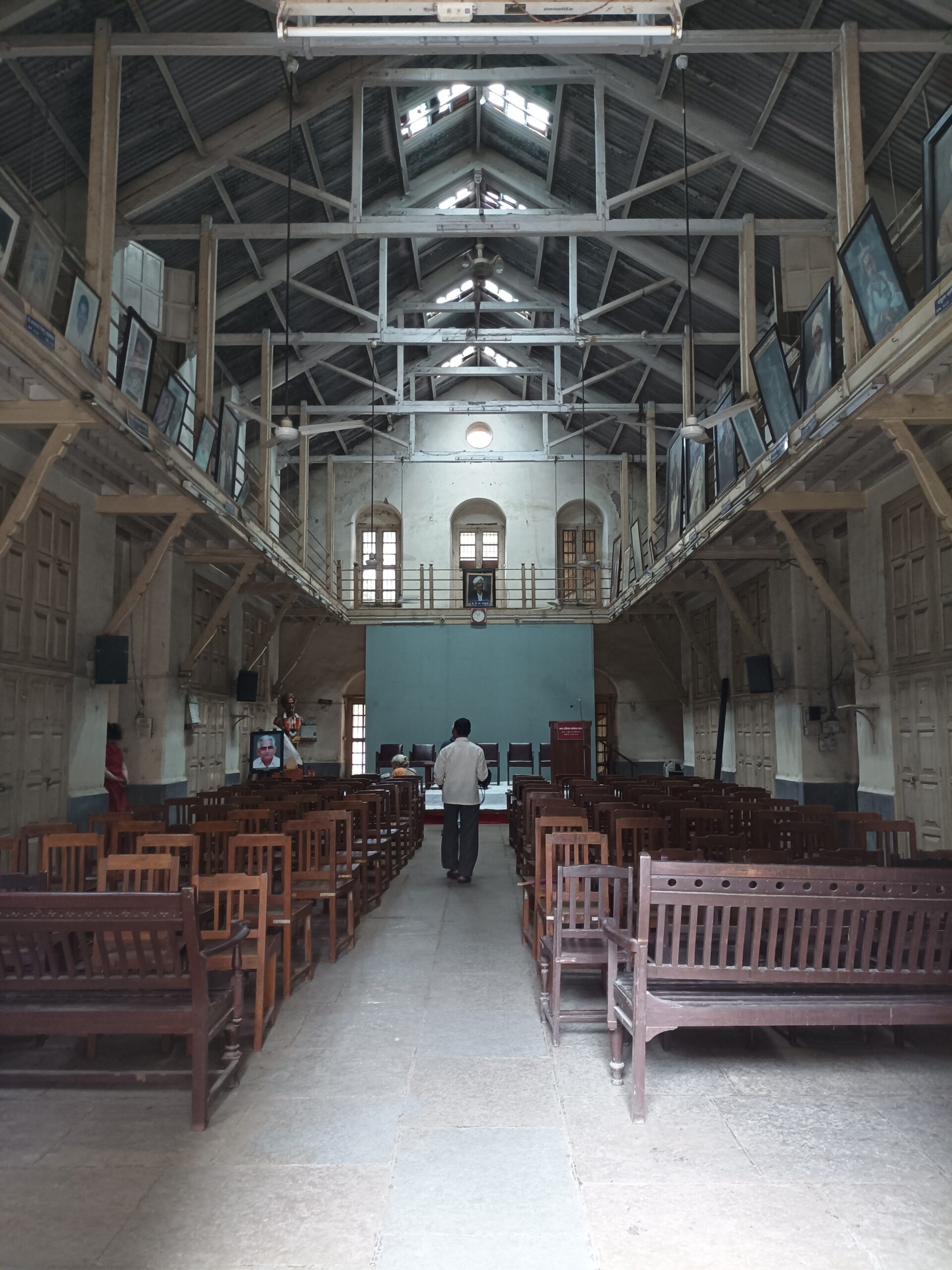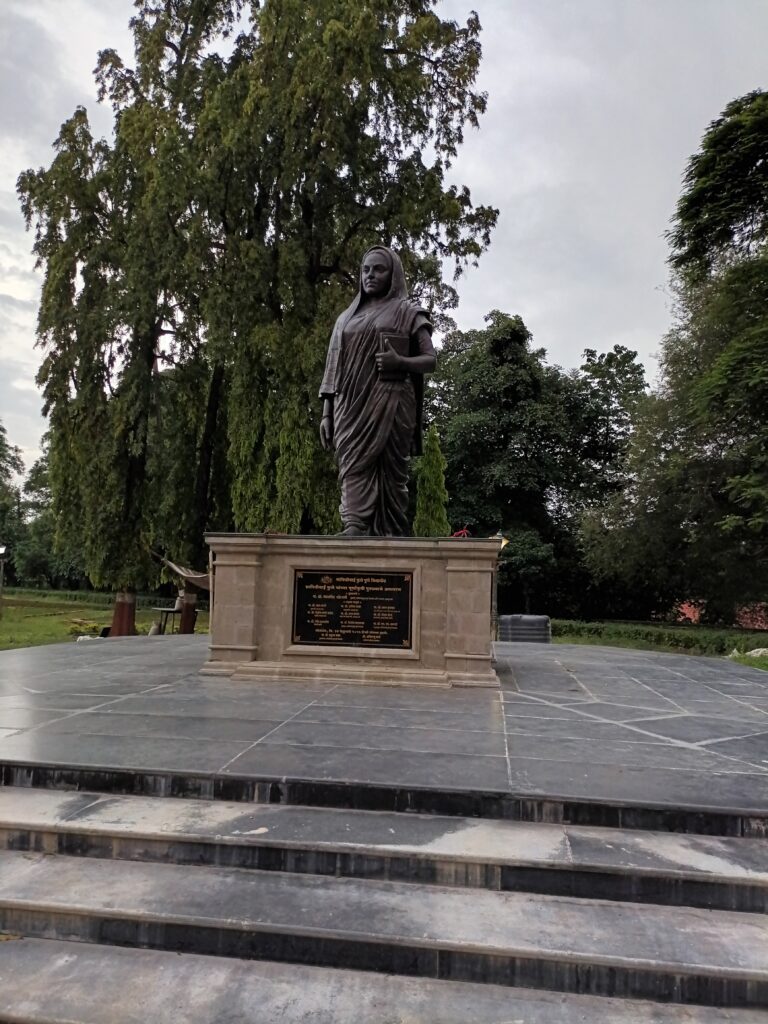Following the course of the monsoon – Pune is a delightful city (Shambwaditya Ghosh, India, Senior Fellow 2015)
Written by Shambwaditya Ghosh, PhD Scholar, University of Delhi (India, ITP Fellow 2012, Senior Fellow 2015)
There are several reasons for travelling. We not only travel for leisure or business, sometimes we want to escape from the situation. It is not escapism or ignoring reality. Sometimes we leave the situation not because of fear but to reconfigure what is happening around us. We sit quietly and think about how we are related to this situation and what we can do individually or together. This was one of my reasons for running away from Delhi to Pune.
It was hot and humid weather in Delhi. Although, this is the time of the year when Delhi gets its highest share of monsoon rain the monsoon rain pattern has changed drastically in the last few years, which is quite worrisome. Many of you have read about the heatwave in the northern Gangetic plain during June and July. Even after the monsoon came, it was not satisfactory.
The hazards of city life were more traumatic. One has to be dependant on the air-conditioning machines to feel at ease and calm. The temperature was rising equally with the humidity level. Delhi has reached the point of ‘Wet-Bulb’ temperature. After some time, it was unbearable. I had to visit Pune for archival research at the Bhandarkar Oriental Research Institute and the Bharat Itihas Samshodhak Mandal so, I decided why not follow the direction of the monsoon wind.


Bharat Itihas Samshodhoka Mandal

Bhandarkar Oriental Research Institute
Pune is a city in the state of Maharashtra very close to the business metropolis Mumbai and a new hub for IT companies. As a city, it has long history and legacy. It was the summer capital of British India for the Bombay presidency till 1947. Prior to that, it was the seat of power of the Maratha empire. The Chief Minister (Peshwa) of the Maratha empire operated his administration from Pune.
The British government followed the same practice by making it their administrative centre. They re-designed the entire city and introduced a new city layout, landscape, plantation projects, etc. Suppose someone is interested in landscape archaeology or environmental history. In that case, you will learn how the colonial government was replicating the countryside in the colonies by introducing new plants, designing landscapes and, of course, adding new architectural components.
Cities like Delhi, Pune, Shimla, Manali, Darjeeling, and Pondicherry are the best examples of those colonial projects in India. The exciting part of landscape design was the introduction of new trees, plants and architectural features. The initial purpose was to create a ‘little Britain’ by turning a semi-arid and stony terrain into a picturesque green place. However, there was an effect on local ecology. This history of landscape design in India is the same exciting history of colonial museum projects in India.

I was camped at the Savitri Bai Phule-Pune University since it was centrally located, and all the institutions I had to visit were close by. The university was established in 1949, then renamed as Savitri Bai Phule-Pune University in 2014. The entire university campus is spread across 411 acres of land with magnificent colonial buildings and gardens. The main attraction is the Governor’s house, now the office of the vice-Chancellor. Second is the English garden designed for the Governor and the state guests. The garden layout will remind you of the experience of walking in Hampstead as we do on one of the days during ITP.


As I said, Pune was the centre of power and politics but is also known for social reformation and revolutionary activities. The dawn of this movement was Jyoti Rao Phule (1827-1890). Savitri Bai (1831-1897) was married to Jyoti Rao Phule. The couple never had children. Jyoti Rao’s father asked him to marry again but he stood at his wife’s side and said we should not blame Savitri for no children; maybe he could not give a child to Savitri. This was a ground-breaking statement for that time. Savitri Bai dedicated her life to education, fighting against social discrimination and untouchability. She died of the plague while nursing a severely ill person.
The intellectual environment of Pune is very active with well-known education institutes like The Deccan College (1821), The Fergusson College (1885) and the recent National Institute of Film and Television. Some renowned historians were based in Pune. Ramkrishna Gopal Bhandarkar was the pioneer figure in that panel and he established the Bhandarkar Oriental Research Institute in 1917 to study the history and archaeology of the East. V.K. Rajwade established Bharat Itihas Samshodhak Mandal in 1910 as a centre for refining Indian history from colonial influence. Then, scholars like H.D Sankhaliya gave a new dimension to Indian archaeology. Moreover, of course, D. D. Koshambi, a polymath, changed the discourse of ancient Indian history.

As a city, Pune has different cultural flavours, colours and tastes. Being a centre of Maratha supremacy, it has been the centre of the Marathi language, literature and culture. However, culture continuously extends its territory beyond the political hold and embraces others. Puna has a significant cultural presence of Konkoni (a region in the coastal part of western India with distinctive linguistic affiliation. Mumbai also falls under the Konkon region) culture, specifically the cuisine. After that, the movement of people from different parts of the country has created several pockets where one can see their respective cultures, cuisines and places of worship. It is quite a common phenomenon in every metropolitan city in history.
My research work was entirely satisfactory, and I could meet the expectations. However, the point I started with, the issue of climate change, haunted me all the time. The western coast of India is known for its bio-diversity. Due to the high rainfall, it is the natural habitat of several rare plant and animal species. How modern development works are progressing by taking forest land and destroying ecological settings. I fear for where I will run away to after a few years.
